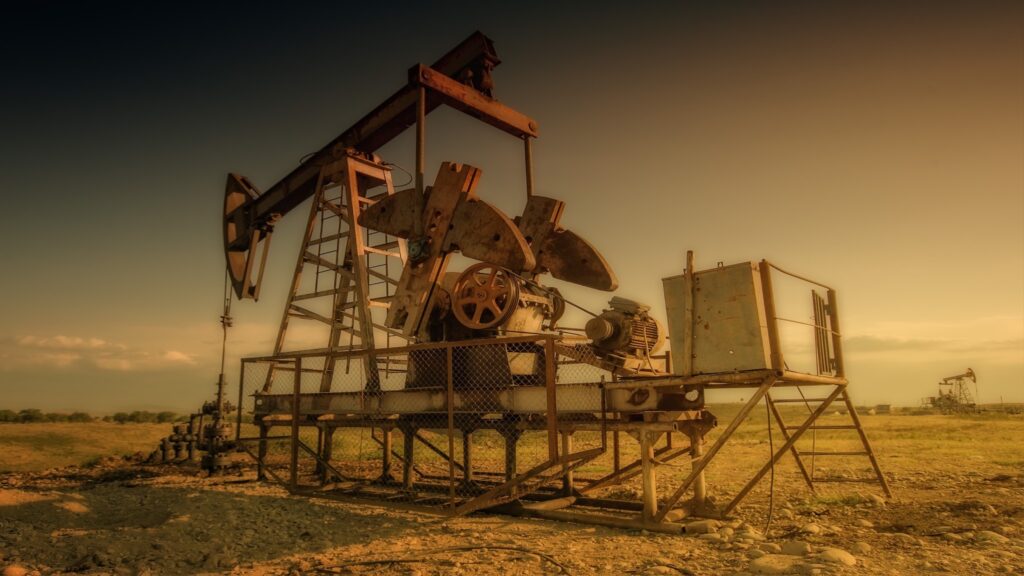
The energy production process commonly known as fracking is associated with increased levels of airborne radioactive particles in areas downwind of fracking sites, according to new research led by Harvard T.H. Chan School of Public Health.
The study collected data from 157 radiation-monitoring stations across the U.S. between 2001 and 2017, and analyzed the data in relation to the location of more than 100,000 fracking wells in the U.S. Levels of radioactive particles in the air were highest in areas within 12 miles of a well, and the research showed that the radiation levels declined as distance from fracking sites increased.
“The increases are not extremely dangerous, but could raise certain health risks to people living nearby,” lead author Petros Koutrakis, professor of environmental sciences, said in an October 13, 2020 Reuters article. “Our hope is that once we understand the source more clearly, there will be engineering methods to control this.”
Once these radioactive particles are in a person’s body, they can continue releasing ionising radiation, possibly inducing oxidative stress and inflammation, even at the low levels observed.
Fracking is known to produce radioactive waste, usually from briny water welling up to the surface and bringing isotopes or uranium and radium up from below.
But the potential health effects of these particles are unclear and the current literature is limited. Despite many reasons to worry – including links to high-risk pregnancies, adverse birth outcomes, migraines, chronic rhinosinusitis, and severe fatigue – radioactive drilling waste from fracking is “virtually unregulated” in the United States, and both presidential candidates support the practice.
“If you asked me to go and live downwind [of fracking sites], I would not go,” public health scientist Petros Koutrakis from Harvard University told The Guardian.
“People should not go crazy, but I think it’s a significant risk that needs to be addressed.”
Read the Reuters article: Researchers find elevated radiation near U.S. fracking sites
 Possible correlation shown between TMI nuclear accident and thyroid cancers
Possible correlation shown between TMI nuclear accident and thyroid cancers The Plutonium Files: America’s Secret Medical Experiments in the Cold War
The Plutonium Files: America’s Secret Medical Experiments in the Cold War Woolsey Fire & Santa Susana Field Lab Documentary: ‘In the Dark of the Valley’
Woolsey Fire & Santa Susana Field Lab Documentary: ‘In the Dark of the Valley’ Nuclear power: how might radioactive waste water affect the environment?
Nuclear power: how might radioactive waste water affect the environment?